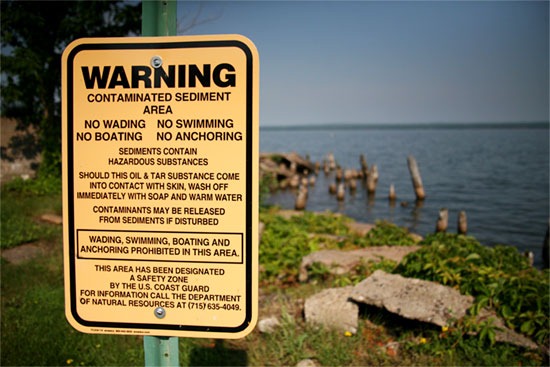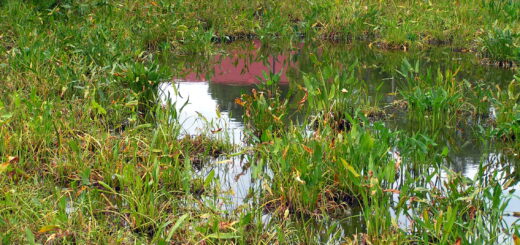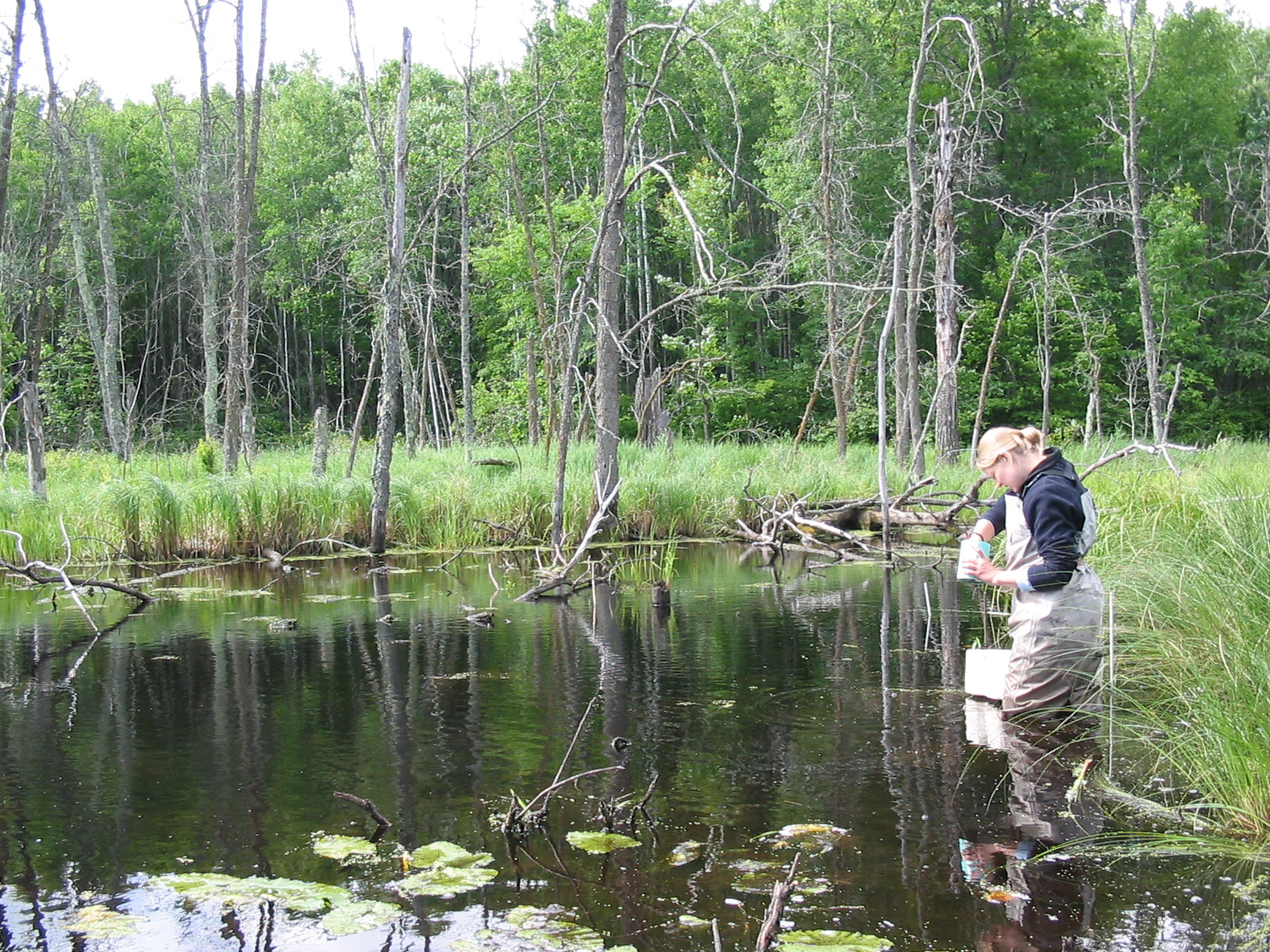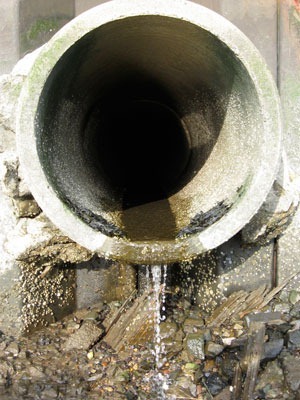Toxic coal tar plagues Lake Superior town
0
A sign along Ashland’s downtown waterfront warns of the hazardous coal tar that has contaminated sediments in the area.
Buried beneath a park in the center of Ashland, Wis. lurks some of the filthiest water pollution in the state. Millions of gallons of groundwater near the town’s Lake Superior waterfront are contaminated with toxic black tar, the primary source of which is suspected to be a now-closed manufactured gas plant.
In September, after more than 20 years of deliberation on the state and federal levels, the Environmental Protection Agency announced its final plan for a cleanup of the Superfund site — along with an estimated bill of at least $100 million.
In addition to the toxic groundwater, 16 acres of Chequamegon Bay are completely off limits to boating and swimming because the sea floor is lined with contaminated sediments. The area is blocked off by a marina and breakwater, and the toxins appear to remain isolated there, as Department of Natural Resources sampling has never detected them at a nearby recreational beach.
Included in the coal tar are polycyclic aromatic hydrocarbons, a group of more than 100 chemicals that are produced when coal, oil and gas, garbage, or other organic substances are not burned completely.
The EPA’s cleanup plan includes removing thousands of tons of tar-laden soil and incinerating it at around 1,800 degrees Fahrenheit before returning it. A metal wall will stop more underground tar from reaching the lake, and two aquifers will be pumped, treated, and released into the lake.
As for removing the contaminated sediments already in the Lake Superior bay, the company being held liable for the contamination, Xcel Energy, will have a chance to dredge them out. If the EPA finds the results of this less costly solution to be unsatisfactory, however, the fallback plan is to drain the entire contaminated area of the bay and scoop out the sediments.
The manufactured gas plant operated from 1885 to 1947 on a bluff overlooking a lakeside park. Xcel disputes that it is solely responsible for the contamination, asserting that the city of Ashland’s construction of a wastewater treatment plant on the site may have pushed some of the contamination into Lake Superior.
For the full report about the Ashland Superfund site, written by the nonprofit Wisconsin Center for Investigative Journalism, read “Toxic legacy: Century-old tar plumes under Lake Superior stir health fears — and a cleanup could be years away”
Toxic legacy: Century-old tar plumes under Lake Superior stir health fears — and a cleanup could be years away [WisconsinWatch.org] Image Credit: Kate Golden / Wisconsin Center for Investigative Journalism













